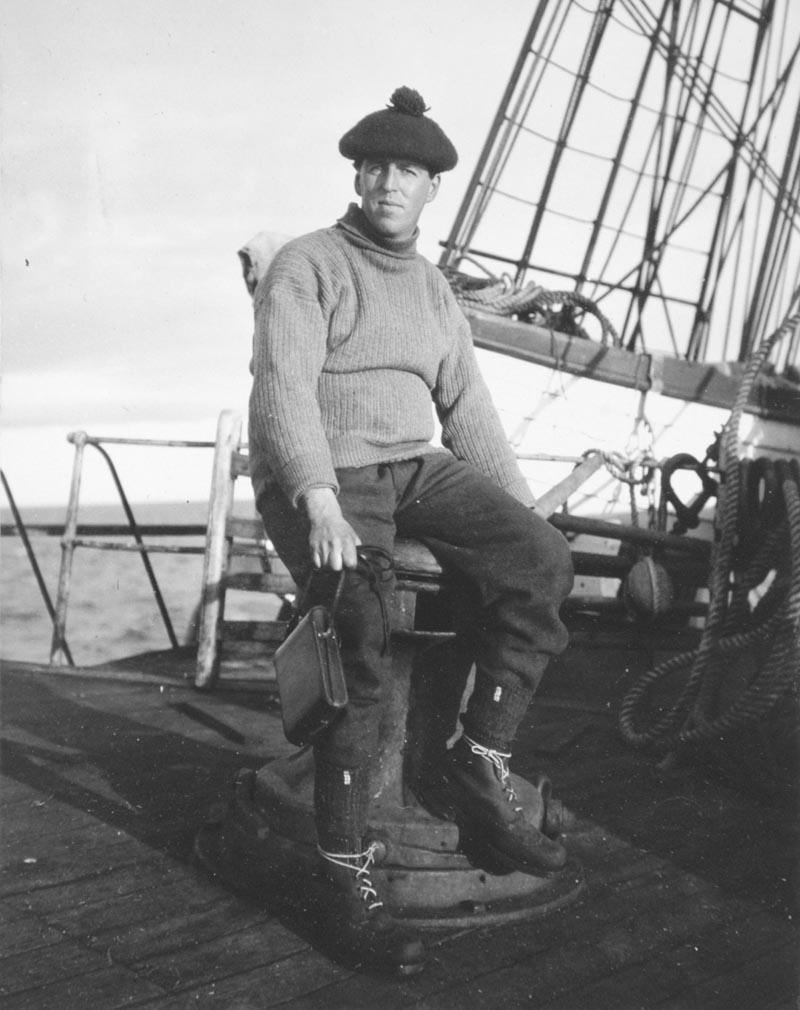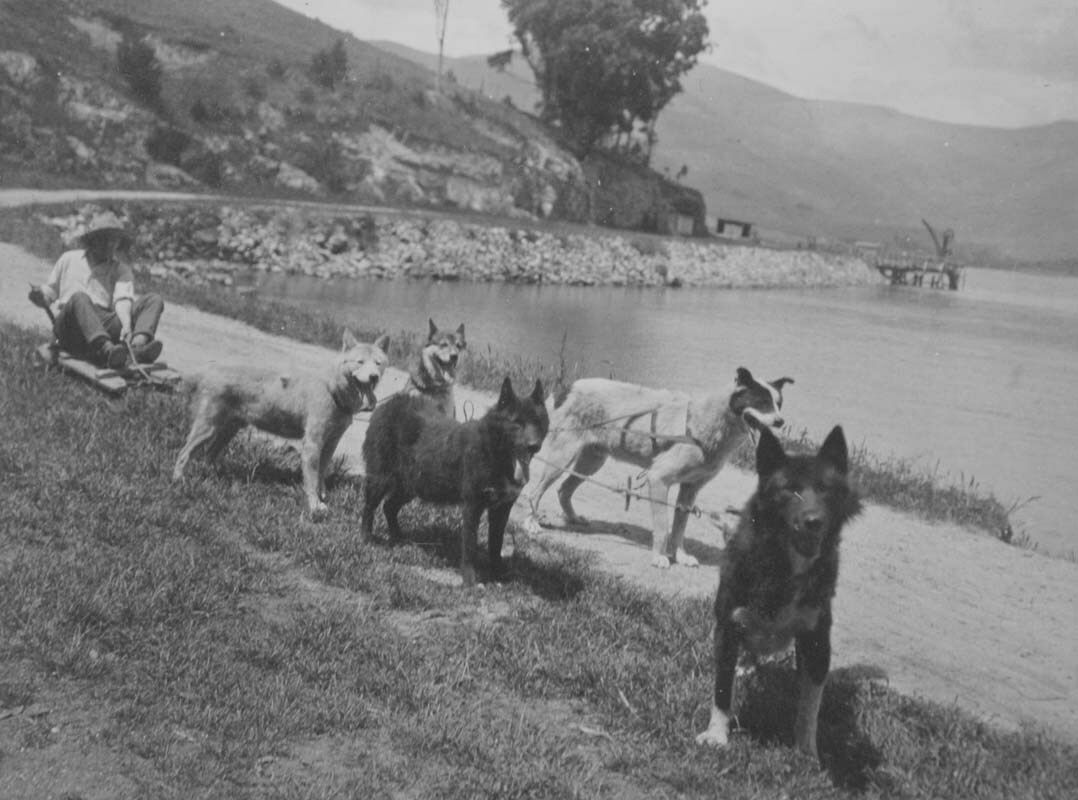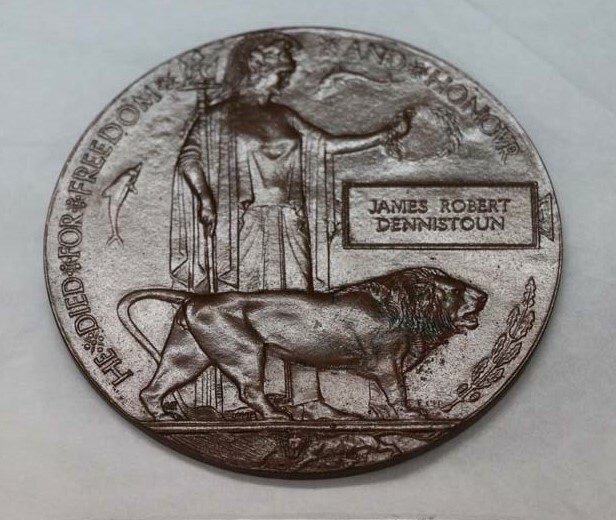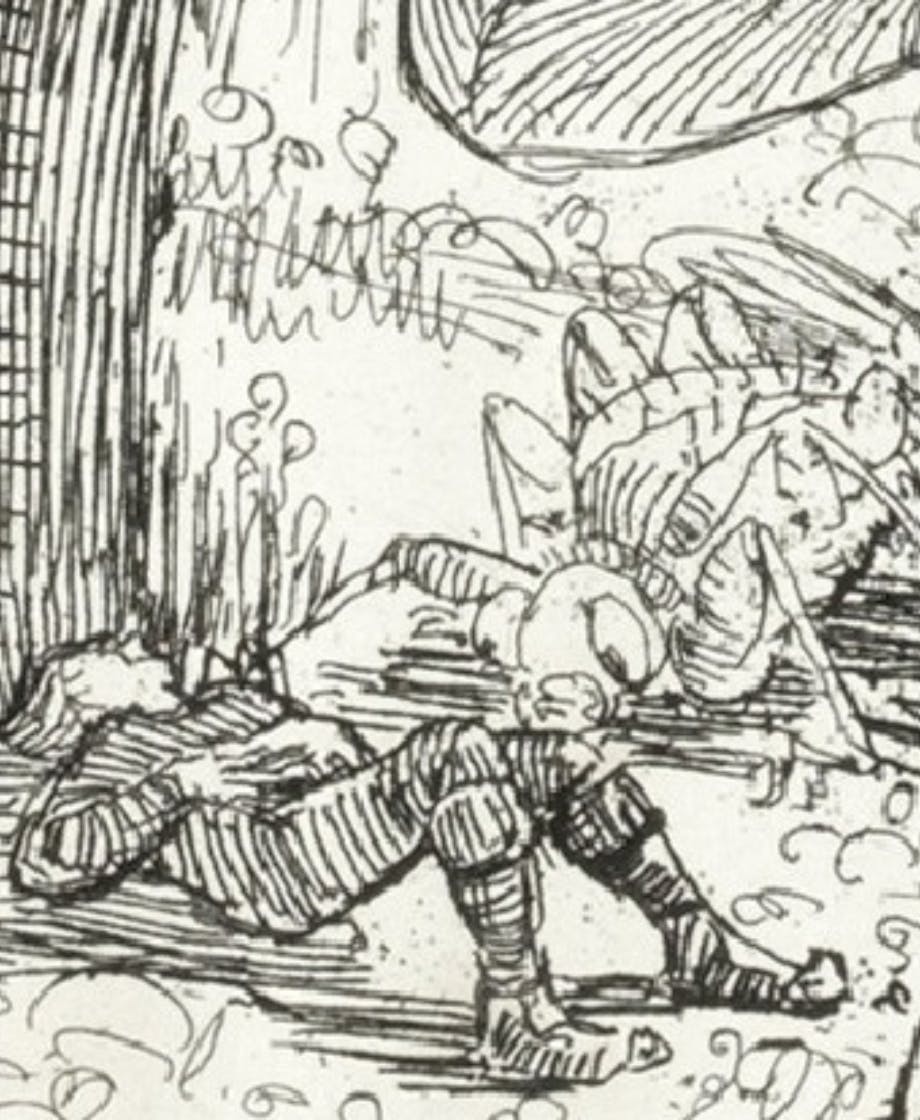James Robert (Jim) Dennistoun grew up at Peel Forest Station in South Canterbury, a place nestled in the foothills of the Southern Alps.

With a passion for adventure, he sought out challenging and exhilarating experiences throughout his life. He began mountain climbing at a young age and conquered a number of local peaks during his teenage years. He proved his mountaineering excellence in 1911 when he became the first person to ascend Mitre Peak in Fiordland. But one of his biggest adventures was just around the corner.
In the summer of 1911–1912, he found himself destined for Antarctica and looking after seven stubborn Indian Army mules and 14 energetic Siberian sledge dogs. He had been recruited as a volunteer for Robert Falcon Scott’s British Antarctic Expedition 1910–1913 by Harry Pennell, the captain of the expedition's ship Terra Nova.
The animals were being taken down to the ice in case Scott needed them for a second attempt at the South Pole. This was not to be the case as Scott and his team died on their return and instead the mules and dogs were used by the parties that searched for their bodies.
Dennistoun recorded his trip to Antarctica in several photograph albums, now in the collection of Canterbury Museum. These albums are filled with photographs of typical Antarctic subjects such as frozen landscapes, penguins and expedition members at work.
One album features scenes from Quail Island near Christchurch, where the mules and dogs were landed before boarding the Terra Nova and departing for the ice. Dennistoun included portraits of the mules as well as photos of the dogs being exercised with makeshift dryland sledges.


After the expedition, Dennistoun returned to New Zealand and continued mountaineering. During a trip in 1914, he and his climbing mates encountered a new pass and gave it the name Terra Nova Pass as a tribute to the expedition.
When World War One broke out, Dennistoun, like thousands of other men, enlisted in search of a new adventure. He joined the British Territorial Army yeomanry unit the North Irish Horse but was soon posted to the Royal Flying Corps, serving in France.

His adventuring life came to an end in 1916. His plane was shot down and he sustained several gunshot wounds. He was captured and sent to a German hospital. Despite several surgeries, Dennistoun died of his wounds on 16 August 1916.
In addition to Dennistoun’s photograph albums and war medals, Canterbury Museum holds hundreds of other objects related to his life. Many of these as well as other objects related to him can be viewed on our website.





